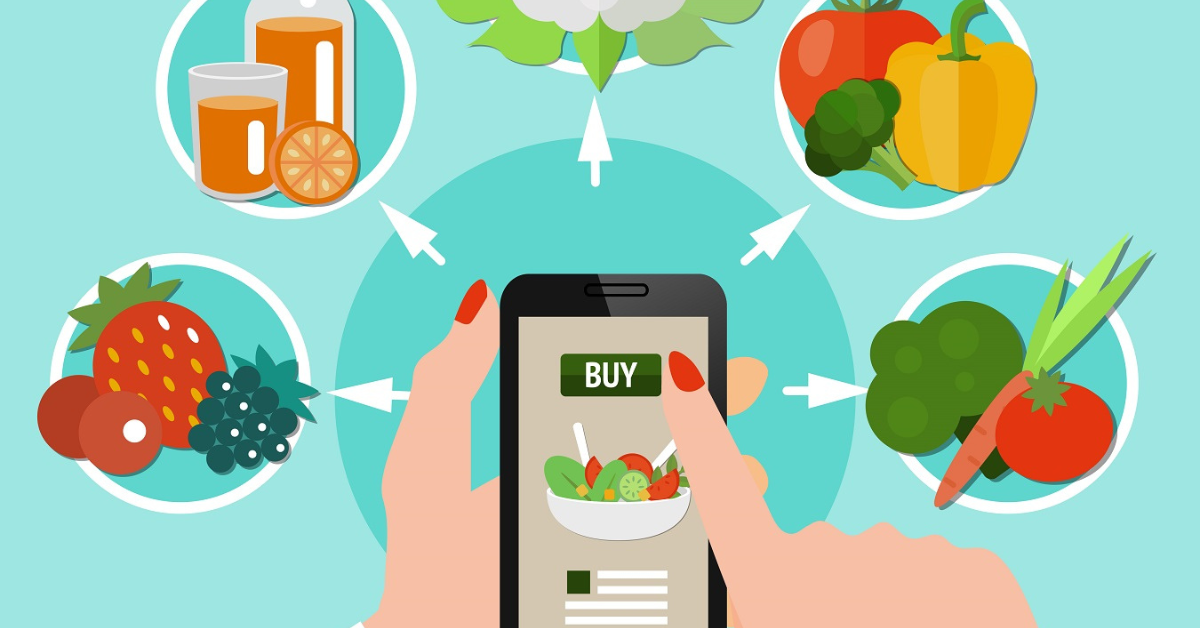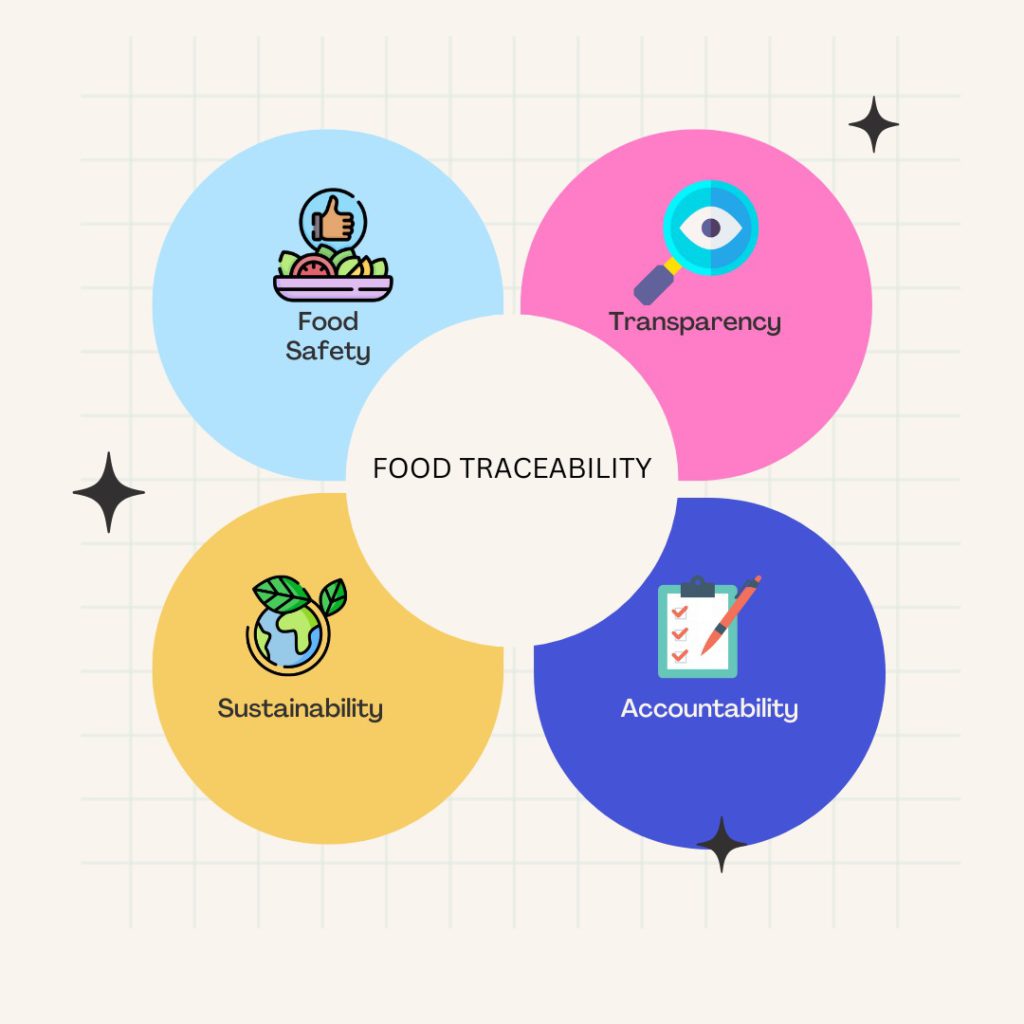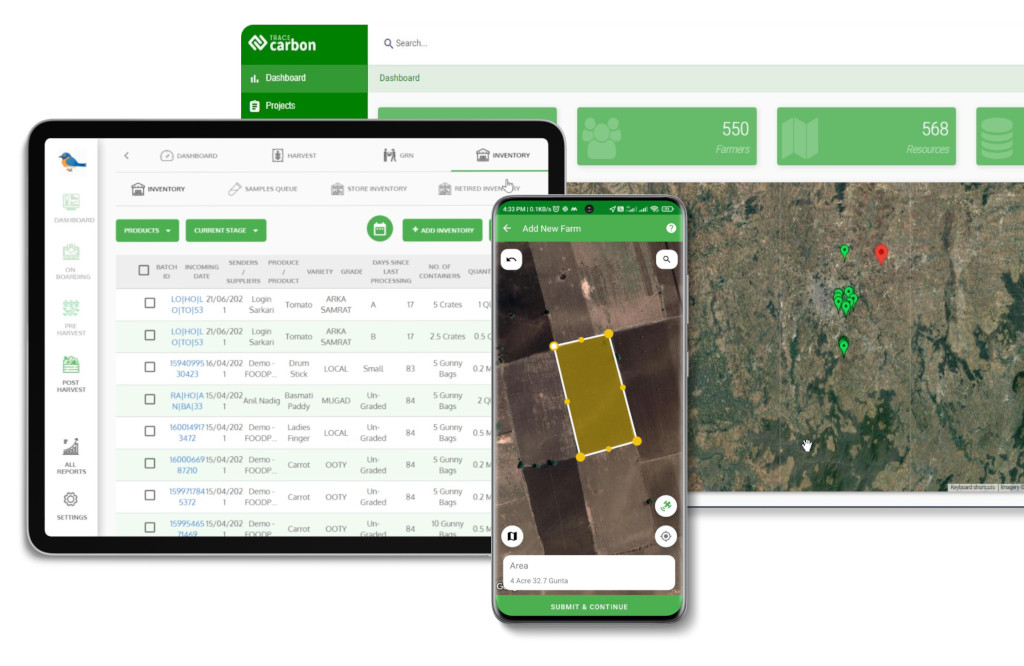Contact: +91 99725 24322 |
Menu
Menu
Quick summary: People today are looking beyond the food on their plates.. Where are they sourced, who are the producers? In what way is the food processed? And how safe it is for consumption? Consumers prefer healthier and trustworthy food brands.. End to end visibility in the food supply chains with traceability solutions will bridge the gap between the producer and the consumer..

Food Traceability is an essential tool for building the right consumer brand in the food industry. Transparency and trust are vital factors to judge a brand. Companies need to differentiate themselves by building trustworthy consumer brands
Food safety is a growing demand from an increasingly informed consumer and a need that has become more urgent with the relentless international trade expansion. With the wave of health problems unleashed by the COVID-19 pandemic, food brands’ challenge is to guarantee food safety and good practices in their supply chain, and the only way to do so is through food traceability.
How many times have you stopped to read the information on a product label? A few years ago, only a handful of people did, particularly those with medical conditions that prevent them from consuming certain ingredients or those who follow a particular diet and for whom this habit represents a necessity.
The reality is that until recently, we were not used to doing it. Knowing the content of a product seemed unnecessary, being only the price and the expiry date, the availability, the reputation of a brand, and the appearance (packaging) that made us choose a product; however, this is no longer enough.
Read on to learn all you should know about food traceability and why it is the only way to ensure food safety in today’s world and how it helps to build consumer brands

Sixty-six percent of global respondents say they are willing to pay more for sustainable goods, up from 55% in 2014 (and 50% in 2013).1
But “safe and sustainable” products really are? Can we trust that all of the brands who claim to operate with the best practices in their supply chain do so? Thanks to today’s advancing technology, we can, and the only way to ensure it is through food traceability.
It is defined as the process that follows a food product’s movement and its ingredients through all steps in the supply chain, both backward and forward.
It is a level of sophistication in recording every aspect of the life cycle of food – from the most fundamental elements involved like producing a crop, the soil that nourishes it, the water that irrigates it, particular climatic conditions, and more.
It opens the door to a completely transparent and secure food supply chain, with both a preventive and predictive value by identifying potential vulnerabilities in food while offering analytics to modify practices within the industry to avoid identified risks.
Check out the 5 step approach to Food Traceability

Food Traceability for safety: All the way from farm to plate, the food products and ingredients might encounter different challenges, such as microbial growth, incorrect usage of chemical preservatives and pesticides. Traceability mechanisms provide a way to precisely track what pesticides and preservatives were used, from the time the seed is sown until it ends up on your plate.
Food Traceability for transparency: Having an up-to-date record throughout the production chain, where no agent can remain anonymous, allows the entire process to be transparent and provides a single source of truth.
Food Traceability for accountability: No matter how strict food safety regulations and standards are, it is very likely that at some point, regulatory bodies will find it difficult to monitor every ingredient that ends up on our plate. Many of the recent food fraud cases thrive precisely for this reason. Without tracking every component all the way through, it is nearly impossible to detect possible contamination in any form.
Food Traceability for sustainability: Having complete access to every point in the supply chain allows identifying growth opportunities and improving industry practices. New opportunities arise to implement processes with little impact on the environment and reduce waste and unnecessary expenses.
Food traceability is the essence of food supply chains. It provides transparency in the food supply chain, allowing the stakeholders to know the journey of their product. Conscious consumerism is on the rise with consumers wanting an assurance on the safety and quality of the food they consume and how the food production impacts the environment. Companies can build trust with consumers with food traceability and create a competitive edge.

In addition to health authorities, the primary beneficiaries of food traceability are:
Timios realized how important it is for parents today to know the journey of their baby’s food product. The traceability solutions helped them to win consumer trust and gain brand loyalty.
Learn More

Globalization has resulted in a fragmented supply chain, causing a lot of uncertainty in food and agriculture value chains. There is a need for transparency and visibility in the supply chain among all the stakeholders. The risks associated with food safety and food fraud has made the entire food ecosystem vulnerable. This necessitates end to end traceability systems that can ensure trust and transparency. Traceability is transforming the food and agriculture value chains.
Yes. In searching for solutions to global food safety, different government agencies and corporations have found food traceability the best ally. Blockchain seems to be the most promising technology to achieve food safety and traceability based on emerging trends.
Its ability to support, streamline, and distribute information securely is the top reason every industry embraces it widely. The food industry is the new addition, particularly agriculture Blockchain and Agriculture:
What is blockchain’s application in agriculture? Food traceability through blockchain technology responds to the urgent need to connect all the agents involved in a supply chain while recording the entire life cycle of a product until it reaches your plate.
We are at a time when it’s necessary and urgent to use new technologies to achieve the highest standards in food safety and food quality and achieve a resilient, agile, and secure supply chain that will benefit and strengthen all those involved.
The emerging wave of startups engaged in food traceability through blockchain technology understands that agriculture’s full potential can only be achieved through the widespread adoption of technology. And that to be truly effective, it must consider all stakeholders involved, large and small, and should allow an enabling space for safe, transparent, and sustainable development.
TraceX’s blockchain powered traceability solutions have transformed the food and agriculture value chains. The first mile pre-harvest activities and the last mile post-harvest processes are captured on a decentralized, immutable blockchain platform ensuring end to end traceability. The digital identity assigned to each of the products assures credibility building trust in consumer brands.
